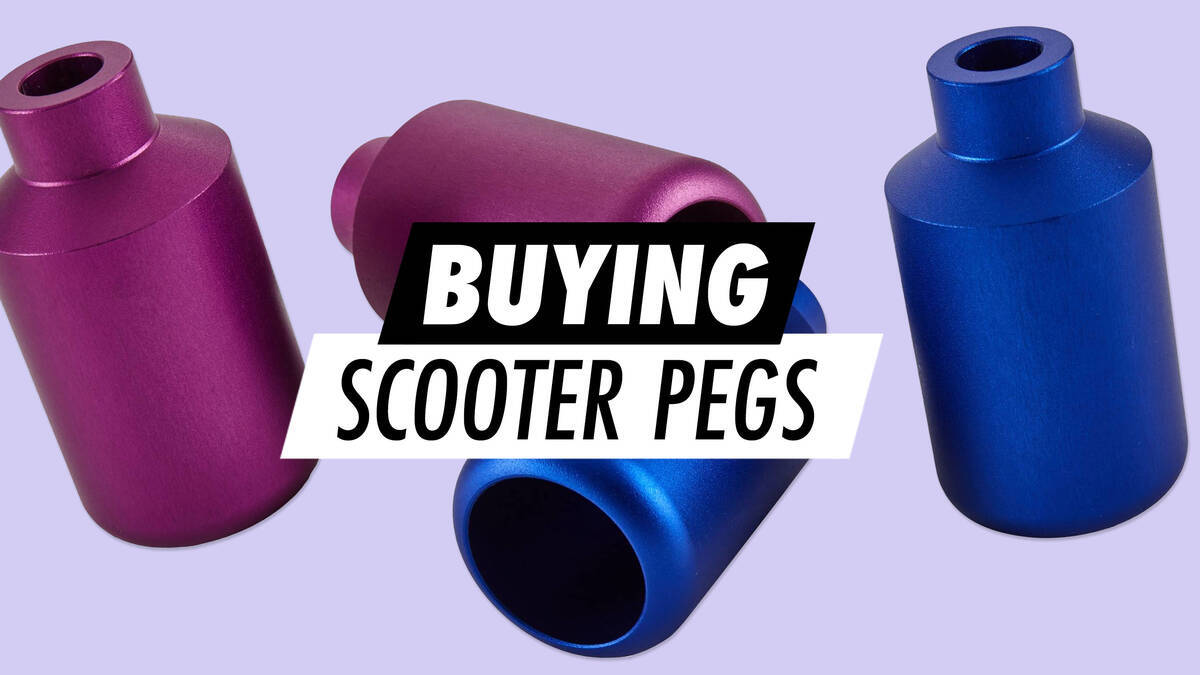Purchasing Scooter Pegs

Be aware that not all pegs are compatible with every scooter because of varying designs and brands.
A wise choice is to purchase both the pegs and the deck & fork from the same brand. If you're uncertain or there's no information available about the peg you're considering, reaching out to the skate shop is always an option.
A helpful guideline is:
The axle where the peg is attached should extend beyond the width of the deck; use spacers to create additional space if the peg is obstructed by the deck.

Peg Materials
- Steel (chrome steel) is sturdy and ideal for street use.
- Aluminum is lighter and suited for park use, though it isn’t as durable as steel.
Alternative Pegs
"One piece pegs," where the axle and the peg are unified, are available for purchase.
These typically offer more strength compared to conventional pegs.
Wear and Maintenance
Pegs can be replaced, and if grinding on curbs (made of stone or concrete, etc.), it’s crucial to thoroughly wax & stone the curb to ensure smoothness. Additionally, replace your pegs before they become so deformed that removing them is difficult or impossible.
Installation
Decide whether to install your pegs on the left or right side.
Given that scooter brands vary in the axle bolts they use, we recommend using the axle/bolt from your scooter for new peg installations, unless the pegs you’ve chosen specifically require something different. Often, it’s as simple as unscrewing the bolt head on your scooter, attaching the pegs, and then re-fastening the bolt head through the peg. Make sure to tighten it well.
Return to Building a Custom Trick Scooter
Return to Understanding Pro Scooters
